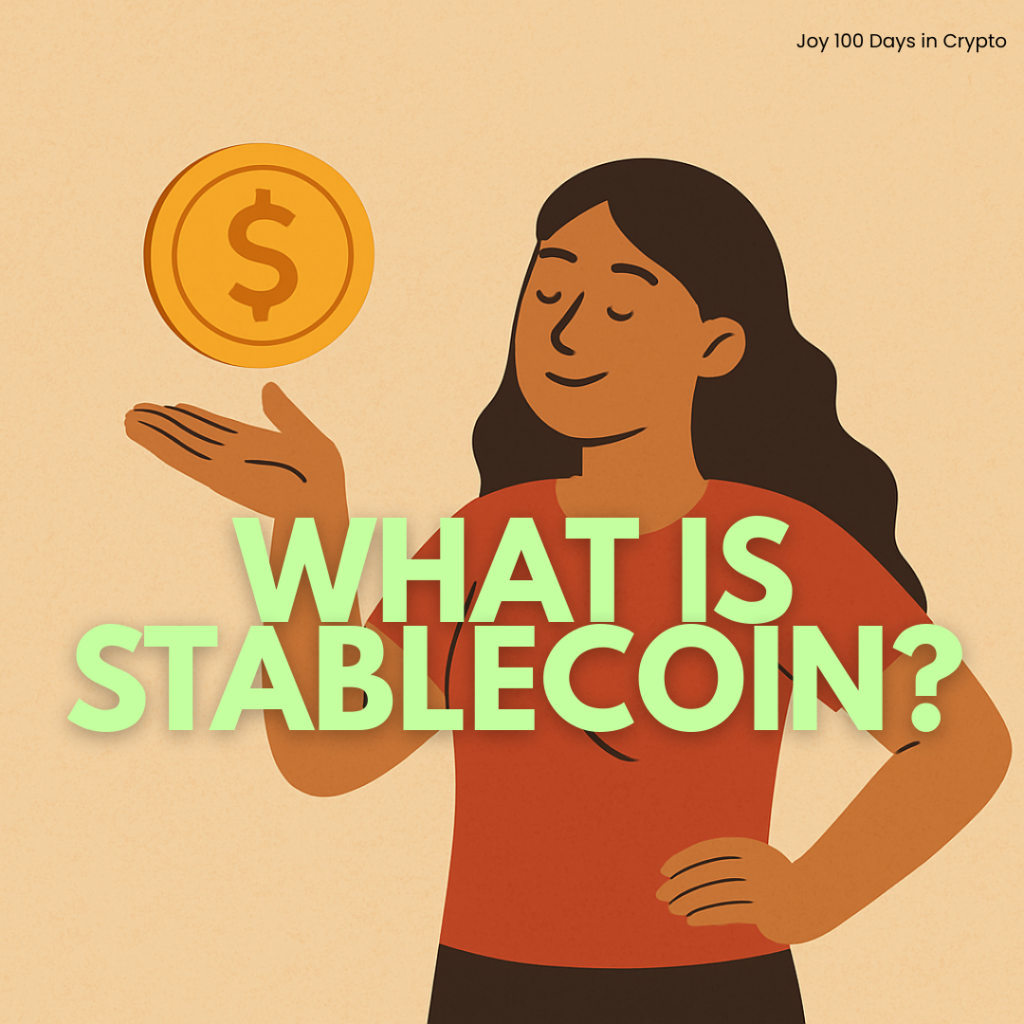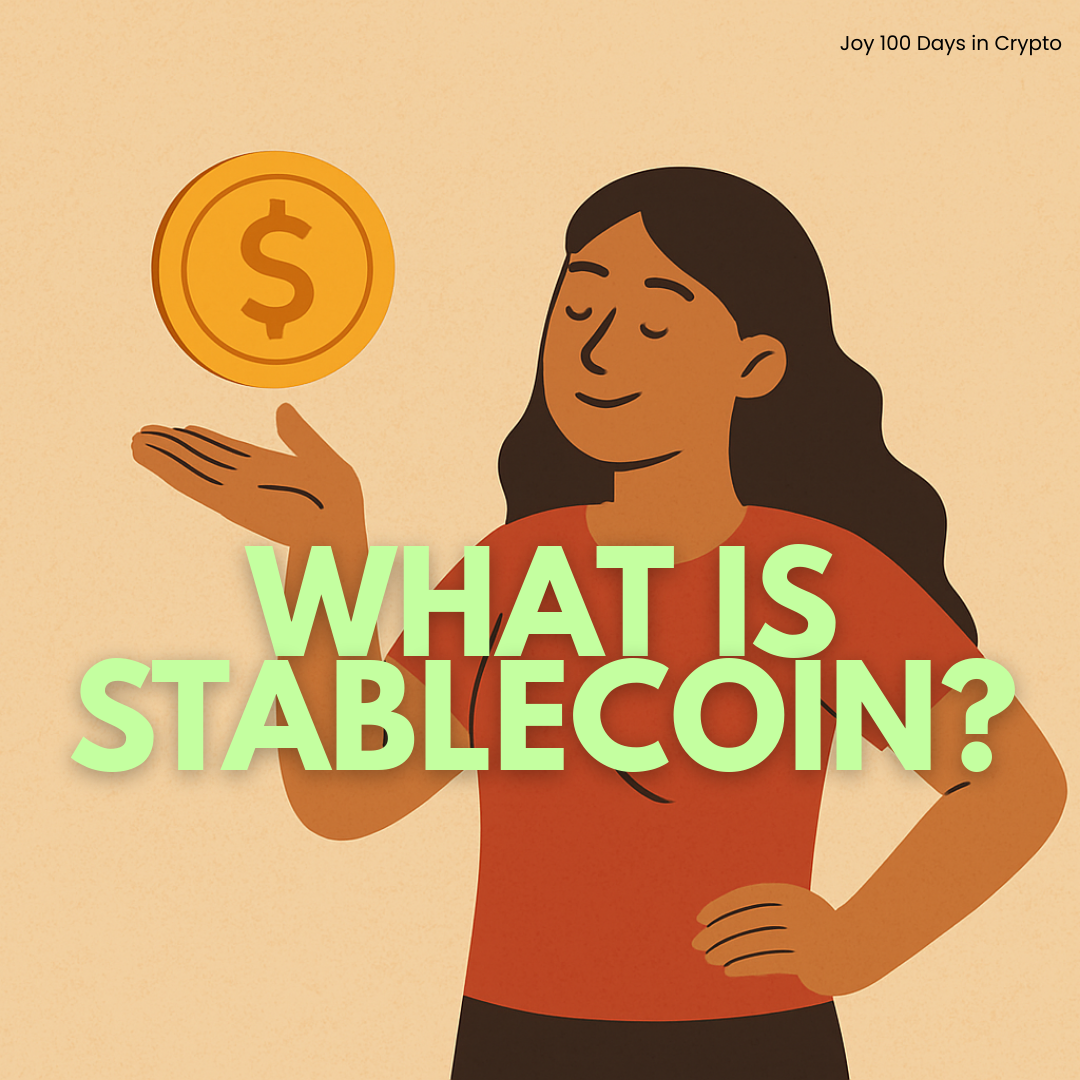I was talking to my mom the other day about crypto. She knows Bitcoin, she’s heard about people making millions, and of course, she knows the stories of people losing everything. To her, crypto is just this big, wild gamble.
When I talk to friends, their reaction is usually:
“Ay, sugal ‘yan.”
“Scam ‘yan.”
And to add salt to the wound, they’ll follow up with:
“May kaibigan ako na may kilala na na-scam sa Bitcoin.”
Ouch!
At that point, I just sigh and say, “Okay, I’ll rest my case.”
But sometimes I think, maybe the reason they don’t get it is because I don’t explain it in a way that makes sense. Maybe it’s because I’m still figuring it out myself.
So here I am, starting fresh. I told myself, I’ll write 100 blog posts about crypto, until I can explain it to my mom and my friends without them zoning out. And who knows, maybe they’ll catch a bit of the excitement I feel. That crypto isn’t just some kind of sugal or gamble, but something that could actually change the way we handle money. Maybe even help us keep the value of what we earn instead of watching prices eat it away.
And where do I start?
With stablecoins.

Stablecoins
Here’s how I used to think about it:
If Bitcoin is like a rollercoaster: up, down, loop-de-loop, then stablecoins are like a merry-go-round. Calm, steady, same rhythm, same music.
That’s the point of stablecoins: they’re designed to be stable.
A stablecoin is a type of cryptocurrency that’s tied to something steady, usually the US dollar.
Meaning:
1 stablecoin ≈ $1.
Unlike Bitcoin or Ethereum that can jump up or crash down in minutes, stablecoins stay put. They’re not for gambling. They’re for stability.
The big ones are USDT (Tether), USDC, and DAI.
Why should you care?
Because stablecoins is useful in everyday life.
✅ For freelancers like me:
Clients can pay me in USDC. I don’t wait weeks for wire transfers. I don’t lose money to hidden fees. With banks, PayPal, or Wise, every step means another charge, transaction fees, exchange rate fees, even withdrawal fees. But with stablecoins, if my client sends today, I can see it in my wallet in minutes and spend it right away.
✅ For remittances:
Imagine your aunt in Dubai sending $200 home. Normally, remittance fees eat into that — sometimes $10–20 lost instantly — and it takes days to arrive. With stablecoins, the money arrives in minutes, and your family gets the full amount, not a reduced balance.
✅ For budgeting:
$100 in stablecoins today is still $100 tomorrow. No surprise deductions, no sudden currency conversion losses.
✅ For traders:
When the market swings wildly, traders move into stablecoins to protect their profits. Some even stake them to earn passive income on the side.
Stablecoins won’t make the news like Bitcoin or Ethereum do.
But here’s the thing:
When it comes to rent, groceries, or tuition — you don’t need drama. You need money that holds its value.
So here’s how I’ll explain it next time:
When friends ask me about crypto, I won’t drop the word “stablecoin” and see their eyes glaze over. I’ll just say:
“It’s digital money that doesn’t jump up and down like Bitcoin. One coin always equals one dollar. You can use it to get paid, send money overseas, or simply keep money aside knowing its value won’t suddenly change.”
Because not everything in crypto is about chasing millions. Sometimes it’s simply about making life easier.
So this is Day 1—and I’ve got 99 more to go.
My commitment? To face crypto head-on. Every day, I’ll take one term I don’t fully understand, pull it apart, and make it mine.
Because if I can stay consistent for 100 days, I won’t just understand crypto — I’ll own it.
This is my challenge to myself. And maybe, to you too.
And if you’re reading this, I’d love for you to come along. Let’s go down the rabbit hole together, one day, one lesson at a time.
So… see you tomorrow?

Leave a Reply